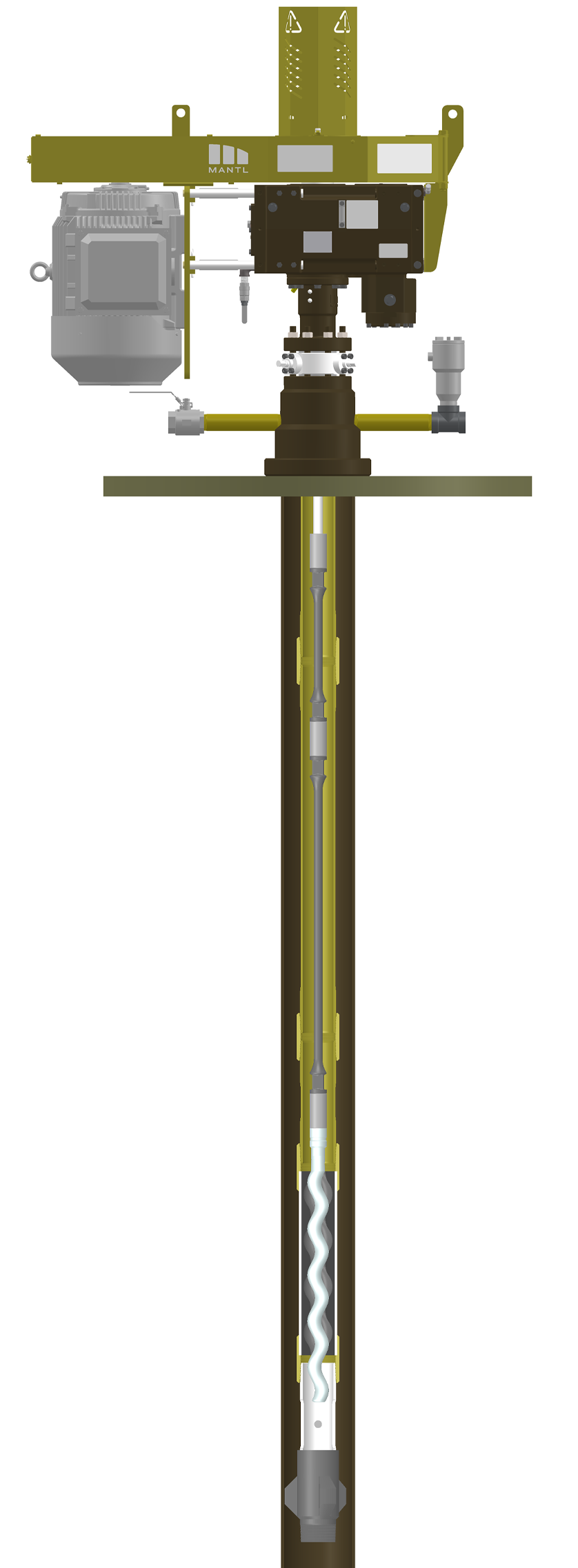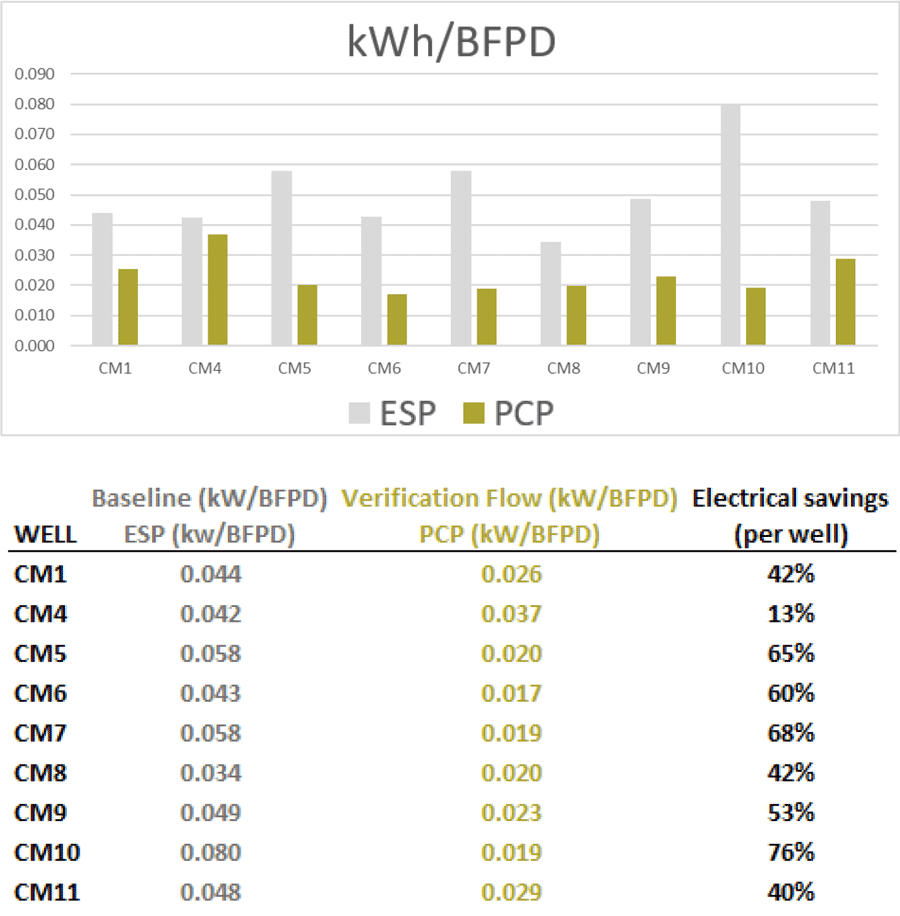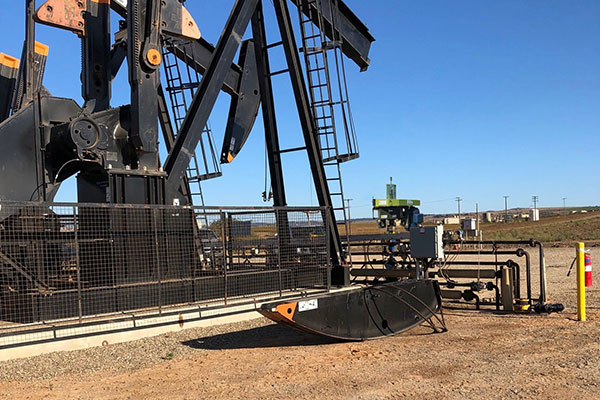The Savings
The Energy Savings Could Power 290 Homes!
The incredible savings achieved when
converting to Progressing Cavity Pump systems,
comes from both overall power reduction as well
as the reduction in electrical charges based on
demand.
It was noted that even more electrical savings
could be realized by:
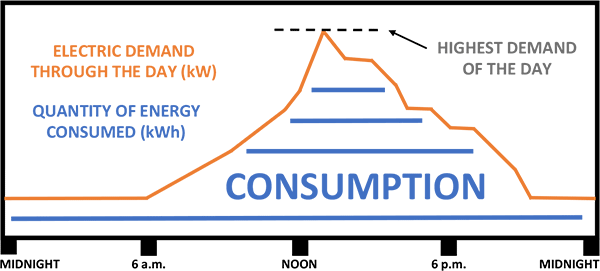
- • Utilizing larger diameter tubing
- • Sourcing high efficiency electric motors
- • Using gas separators in high gas production wells
Electricity Demand Savings Are Especially Important
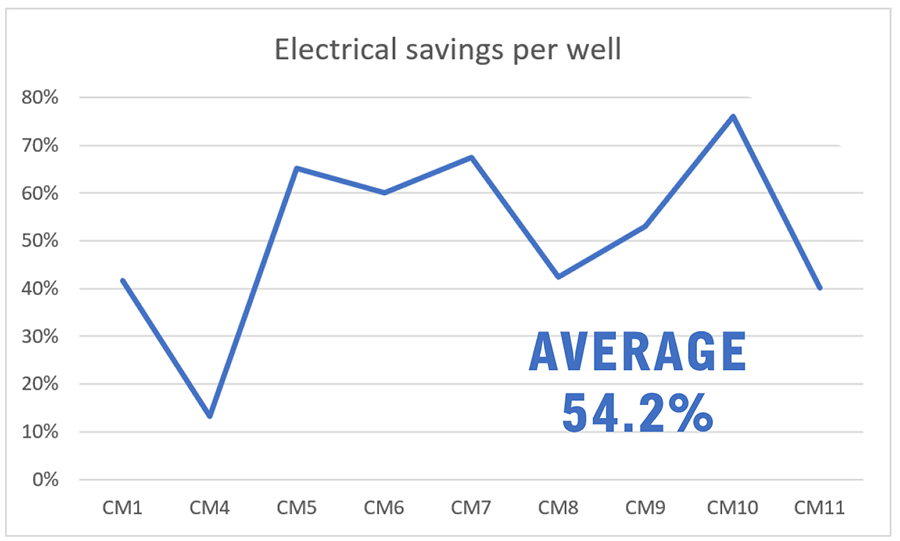
Consumption is the rate at which you consume energy.
Demand charges are based on the highest level of
electricity you demand at over 15 minute intervals
during the billing period. The demand savings are
especially important in reducing production energy
costs. The reduction in demand for these 9 wells is the
equivalent of 290 homes or 32 homes per well!*
*as reported in 2021 energy census for average home consumption
Click Here for PDF


